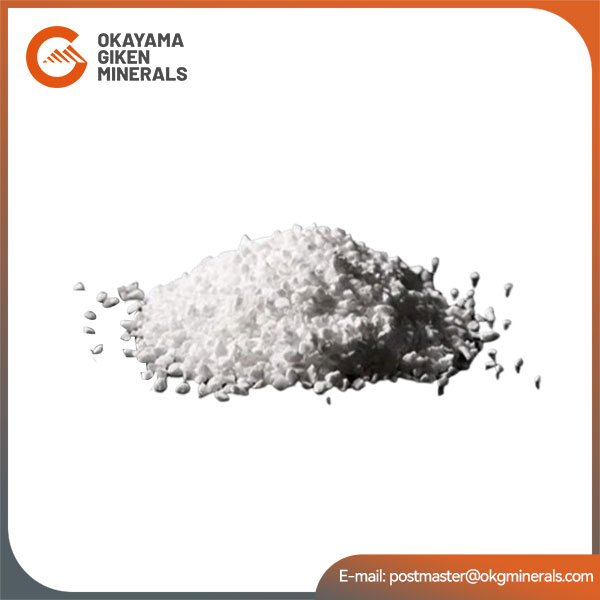
Corundum, a mineral known for its exceptional hardness and vibrant color variations, can occur naturally or be manufactured synthetically. While both forms share the same chemical composition (Al₂O₃, aluminum oxide), there are several distinctions in their origin, properties, and applications. Below is an overview of the key differences:
1. Origin
- Natural Corundum:
- Formed through geological processes over millions of years.
- Found in metamorphic and igneous rocks, often extracted from mines.
- Commonly located in regions like Myanmar, Sri Lanka, and Madagascar.
- Synthetic Corundum:
- Created in laboratories using controlled methods like the Verneuil process (flame fusion) or hydrothermal synthesis.
- Produced in a fraction of the time it takes natural corundum to form.
2. Purity and Composition
- Natural Corundum:
- Often contains impurities and inclusions, such as rutile needles or mineral deposits, which give it unique characteristics.
- Impurities like chromium, iron, or titanium result in vibrant colors, e.g., red rubies or blue sapphires.
- Synthetic Corundum:
- Typically purer and free of natural inclusions, though inclusions can be intentionally added to mimic natural appearance.
- Trace elements are carefully introduced to produce specific colors or properties.
3. Appearance
- Natural Corundum:
- Each piece has unique inclusions or patterns, which can enhance its value.
- Colors may vary slightly due to uneven distribution of trace elements.
- Synthetic Corundum:
- Colors are more uniform and predictable due to controlled manufacturing.
- Often lacks the subtle imperfections found in natural stones, unless simulated.

4. Cost
- Natural Corundum:
- More expensive, especially if it is high-quality, rare, and free of significant flaws.
- Mining and processing costs contribute to the higher price.
- Synthetic Corundum:
- Less expensive due to cost-effective production methods.
- Widely used as an affordable alternative in jewelry and industrial applications.
5. Applications
- Natural Corundum:
- Highly prized in jewelry, especially as rubies and sapphires.
- Often valued as collector’s items due to their rarity and uniqueness.
- Synthetic Corundum:
- Used in jewelry as a substitute for natural gemstones.
- Extensively applied in industrial settings for abrasives, watch crystals, and electronics due to its consistent properties.
6. Ethical and Environmental Considerations
- Natural Corundum:
- Mining can impact the environment and local communities if not conducted sustainably.
- Ethical concerns may arise regarding sourcing from conflict regions.
- Synthetic Corundum:
- Environmentally friendly as it avoids mining.
- Eliminates concerns about unethical sourcing or labor practices.
Conclusion
Both natural and synthetic corundum have their own unique advantages and appeal. Natural corundum is often prized for its rarity, beauty, and organic formation, making it highly sought after in jewelry. On the other hand, synthetic corundum offers a more affordable, sustainable, and versatile alternative for various applications. Choosing between the two depends on personal preference, budget, and the intended use.
OKAYAMA GIKEN (Mining) Co., LTD. specialises in the production of high-quality Tabular Corundum, known for its exceptional strength, high-temperature resistance, and thermal shock stability. Visit our website at www.okgmineral.com to learn more about our products. For inquiries, you can reach us at postmaster@okgminerals.com.